Biosphere Reserves in IndiaWhat is a Biosphere Reserve?A biosphere reserve refers to protected terrestrial or coastal ecosystems or a combination of both, which is intended to restore and conserve the biodiversity and its sustainable use. It aims to preserve the genetic diversity of the protected area by protecting the native flora and fauna and maintaining the traditional life style of inhabitants and promoting alternate livelihood for them. The term biosphere reserve is an international designation offered by UNESCO to natural landscapes spreading over large terrestrial or coastal areas or a combination of both. Although a biosphere is a protected area, it is intended to fulfil three basic functions, which are as follows:
Besides this, a biosphere can be divided into three zones or we can say that a biosphere consists of three zones: i) Core Zone: It is a legally protected undisturbed ecosystem in which human activities are strictly prohibited or not allowed. This zone may contain wild relatives of economic species and genetic reservoirs. ii) Buffer Zone: It is the area that surrounds the core zone without any gap. In this area, limited human activities like research, education, study, etc., are allowed without affecting the core zone. iii) Manipulation Zone: It is the outermost part of the biosphere reserve. A wide range of human activities are allowed at this zone without disturbing the ecosystem and with the permission and cooperation of biosphere reserve management and local residents. For example, cropping, recreation, human settlements, forestry, and resource gathering, etc. are allowed. The list of Biosphere Reserves in India:
1) Nilgiri Biosphere Reserve, Tamil Nadu, Kerala and KarnatakaNilgiri Biosphere Reserve is not only a popular biosphere reserve in India but also a famous national park and a wildlife sanctuary. It is located at the foothills of Nilgiri hills where the Western and Eastern Ghats met. It is spread over an area of 5520 sq. km. out of which core area is 1240 sq. km. the buffer zone is 3574 sq. km. and the transition zone is 706 sq. km. It was given the status of a biosphere reserve by UNESCO on 01 Sept. 1986. 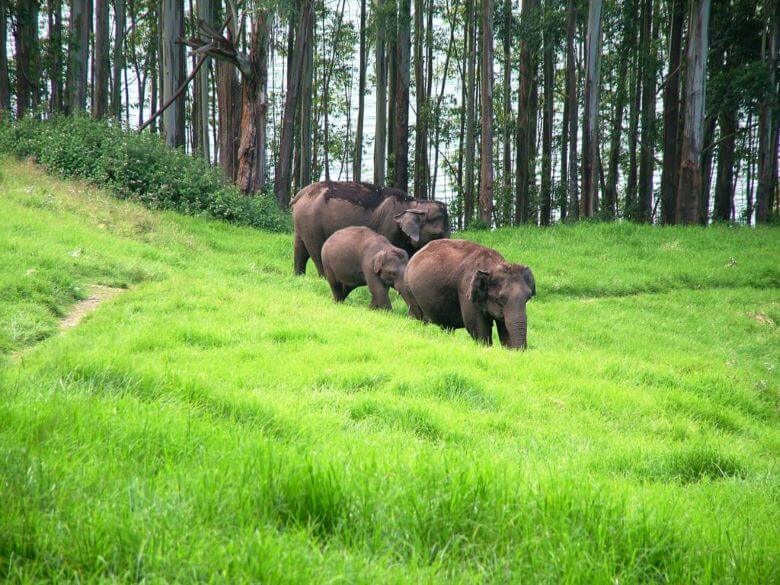
It has a diverse flora and ecosystem types such as semi-evergreen forests, tropical evergreen forests, moist and dry deciduous forests, thorn forests, etc. It is home to around 3500 species of flowering plants, 550 species of birds, 100 species of mammals, 300 species of butterflies and various species of amphibians and reptiles. Besides flora and fauna, there are many tribal groups that are native to the reserve such as Todas, Kurumbas, Adiyans, Kotas, Irullas, Allar, Malayan, etc. 2) Nanda Devi Biosphere, UttarakhandNanda Devi Biosphere is located around the Nanda Devi peak in Uttarakhand at an elevation of 3500 metres above the sea level. Its core area includes the Nanda Devi and Valley of Flowers National Parks. The total area of the biosphere is 6407 sq. km. out which core area is 712 sq. km., buffer zone area is 5148.5 sq. km. and the transition zone is 546 sq. km. 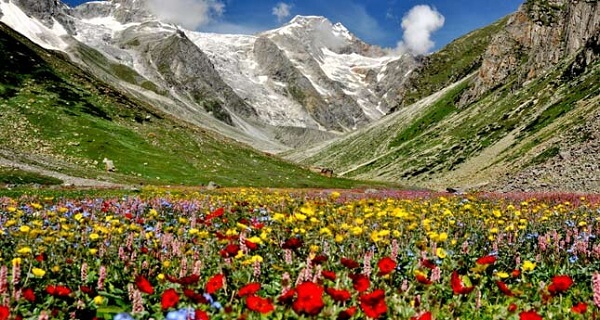
It comprises different types of forests such as civil forests, community forests, grassy slopes, agricultural land, alpine meadows and snow-packed regions. The unique climate and geography of the reserve have created different types of ecosystems and habitats. Around 1000 plant species are found at this place. Besides this, a large number of mammal species are found here including endangered mammal species such as snow leopard, brown bear, Himalayan black bear, musk deer, blue sheep, etc. Furthermore, besides flora and fauna, around 15,000 people inhabit this place. There are around 45 villages in the buffer zone and around 55 villages in the transition area. 3) Pachmarhi Biosphere Reserve, Madhya PradeshPachmarhi Biosphere Reserve is located in the Satpura Range of Madhya Pradesh. The Pachmarhi hills can be seen on the northern part of the reserve and its eastern boundary is close to the Dudhi River, whereas, the southern part shares a border with Tawa plateau. It was created by the govt. of India in 1999 to protect and preserve wildlife and in 2009, it was declared a biosphere reserve by UNESCO. 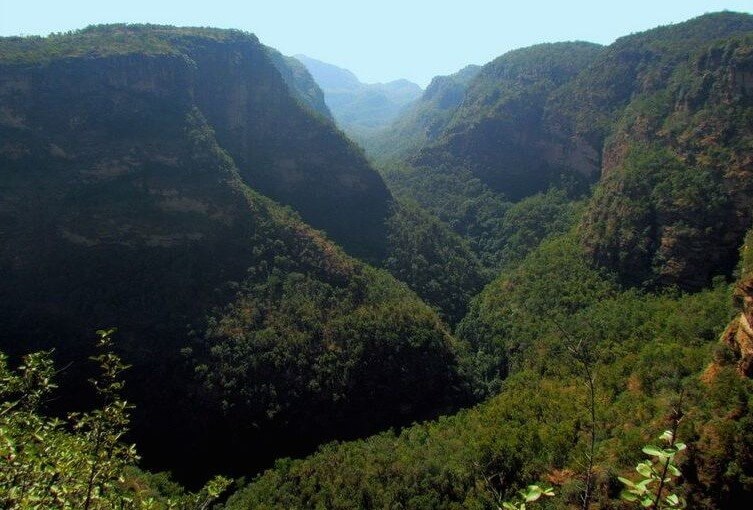
The total area covered by the reserve is 4926 sq. km. that comprises three protected sites: the Bori Sanctuary, Satpura National Park and Pachmarhi Sanctuary. The core area of this reserve includes the Satpura National Park that spreads over 1550 sq. km. the buffer area and the transition area include the Bori Sanctuary (1785 sq. km.) and Pachmarhi Sanctuary (1640 sq. km.) respectively. The flora of the reserve comprises diverse forest coverage that includes moist deciduous, dry deciduous, central Indian subtropical hill forest, etc. The fauna of the Reserve comprises major wildlife species such as tigers, panthers, barking deer, guars, cheetahs, crocodiles, flying squirrel, and reptiles like lizards, skinks, geckos, cobra, python, krait, boa, etc. The bird species of this reserve include black eagle, paradise flycatcher, Malabar whistling thrush, Malabar pied hornbill, etc. 4) Sundarbans Biosphere Reserve, West BengalSundarbans Biosphere Reserve is the largest mangrove forest in the world. On the west, it is bounded by Muriganga River, whereas, on the east by Harinbhahga and Raimangal rivers. It got its name from mangrove plant Sundari. 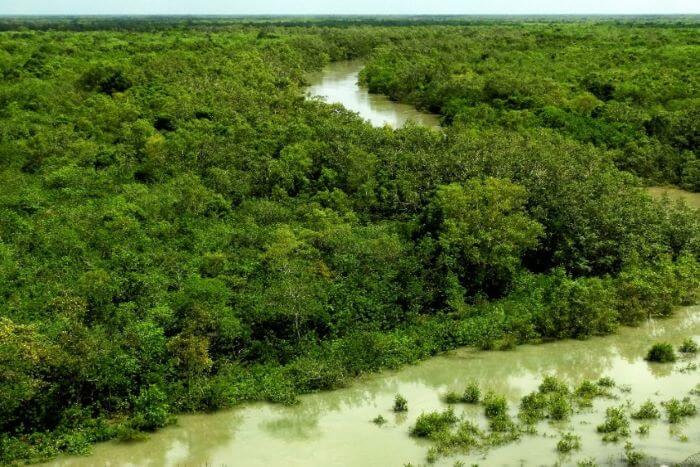
The total surface area of the reserve is 9630 sq. km. out of which the core area is 1692 sq. km. and the buffer zone is 2233 sq. km. and the transition zone is 5705 sq. km. Its core area comprises Sundarban National Park and Sundarban Tiger Reserve. Its buffers area includes Halliday and Lothian Island Wildlife sanctuaries and Sajnakhali Wildlife Sanctuary. Its biogeography is very unique that makes it home to diverse ecosystems and habitats. It was notified as a biosphere reserve on 29 March 1989 and was also recognized as a World Heritage site in 1989 on the basis of its unique ecosystem. The terrestrial and aquatic flora and fauna of this place is rich in diversity. It is a productive ecosystem which acts as a natural fish nursery. The rich flora of the reserve is mainly a mangrove in the delta formed by the union of Brahmaputra, Ganges and Meghna rivers in the Bay of Bengal. The common fauna or wildlife that inhabit this reserve include tiger, fishing cat, civet cat, wild boar, rhesus monkey, Gangetic dolphin, King cobra, tiger shark, sea snake, etc. The birds inhabiting this place include little green bittern, large egret, pond heron, common sandpiper, spotted dove, crow pheasant, jungle myna, jungle crow, tailor bird, purple sunbird, house sparrow, etc. 5) Nokrek Biosphere Reserve, Garo hills MeghalayaNokrek Biosphere Reserve is located on the Tura Range in the northeast part of India and is part of the Meghalaya Plateau. In the north of the Reserve undulating hills are present, whereas, steep slopes can be seen in the south of the reserve. Besides this, it also houses rivers, streams that form a perennial catchment area. 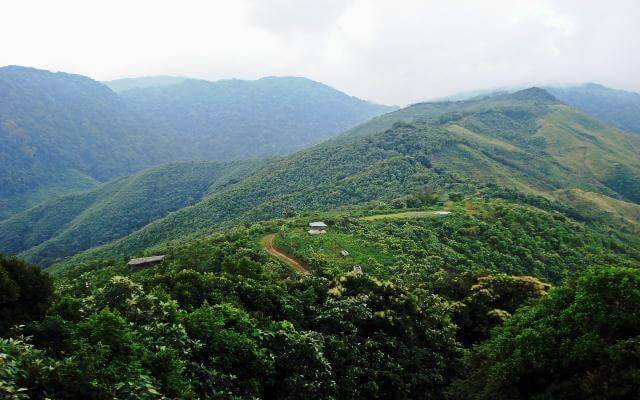
It was declared a biosphere in 2009. Its terrestrial surface area is 820 sq. km. the core area is 47 sq. km. the buffer area is 227 sq. km. and the transition area is 544 sq. km. The Nokrek National Park serves as the core area of the reserve. The land is mostly covered with evergreen forest, however, in some parts semi-evergreen deciduous forests can be seen and bamboo forest can also be found in the lower altitude areas and Indian wild orange is also found in the reserve. If we talk about the fauna, it is counted among the last remaining habitats of the red panda. The other wildlife of this place includes Asian elephants, tigers, cat species, macaque, hoolock gibbons, etc. 6) Great Nicobar Biosphere Reserve, Andaman and Nicobar IslandsGreat Nicobar Biosphere Reserve mostly covers a large part of the island of Great Nicobar in the union territory of Andaman and Nicobar Islands. Greater Nicobar is an island of the Nicobar Islands Archipelago. Its total area is 885 sq. km. 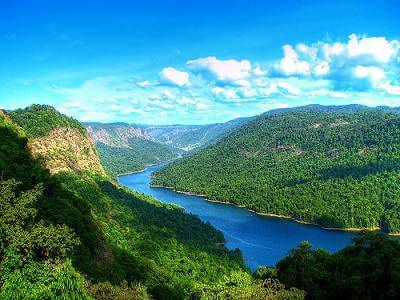
In 2013, it became a part of the list of biosphere reserves. It is mostly covered by tropical evergreen forest ecosystem including mountains, and coastal plains. The core area is 536 sq. Km. and buffer area is 348 sq. Km. And the area of the transitional zone is 100 sq. km. In 2013, it became a part of the list of biosphere reserves and includes two national parks that are Campbell Bay National Park in the north of Island and Galathea National Park in the south of the island. It is known for its rich biodiversity. It is home to over 600 species of angiosperms, ferns, gymnosperms, bryophytes and more. Ceylon iron wood, screw pine, nipa palm, are found in abundance at this place. It also has a rich diversity in fauna that includes 14 species of mammals, 26 species of reptiles, 70 bird species, 113 fish species and 10 species of amphibians. Some of the species are endemic or endangered such as Crab-eating Macaque, Nicobar Megapode, salt water crocodile, marine turtle, reticulated python, dugong, etc. Besides animals and plants, the reserve is also inhabited by the Mongoloid Shompen Tribe which is dependent on forest and marine resources of the reserve. 7) Cold Desert Biosphere, Himachal PradeshCold Desert is one of the mesmerizing biospheres in India that is stretched beside the Western Himalayas from Ladakh to Kinnaur and also houses Pin Valley National Park, Kibber Wildlife Sanctuary, etc. It got the status of a biosphere reserve in 2009. 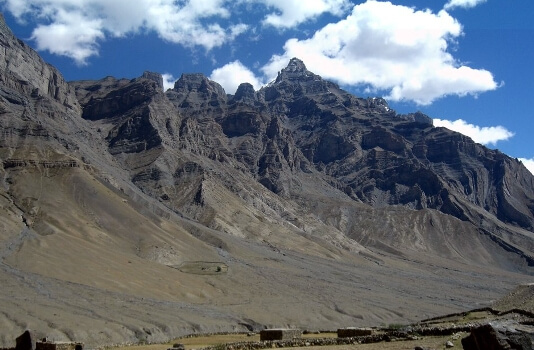
The total geographical area of the park is 7770 sq. km. It offers a protected habitat for the snow leopard the other wildlife animals such as Himalayan black bear and brown bear, Himalayan ibex, Himalayan blue sheep, Tibetan gazelle, red fox, woolly hare, red-billed chough, snow pigeon, blue rock pigeon, golden eagle, etc. The flora of the reserve includes over 330 medicinal plants that include trees, herbs, shrubs, ferns, etc. 8) Achanakamar-Amarkantak, Madhya PradeshAchanakamar-Amarkantak Biosphere reserve extends over the states of Madhya Pradesh and Chhattisgarh and is spread over an area of 3835 sq. km. It was nominated as a biosphere reserve in 2005. 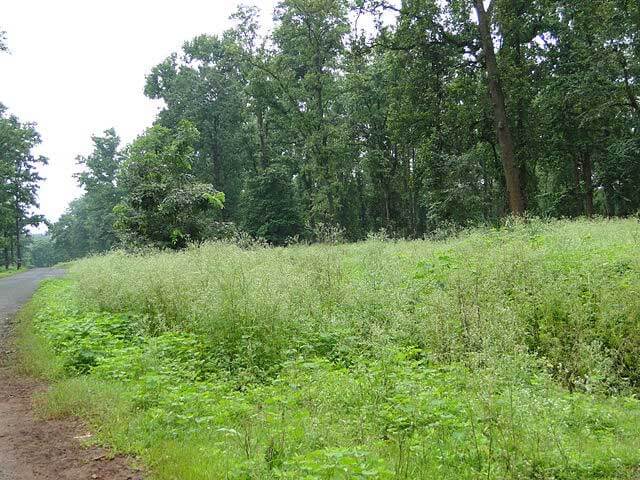
The Achanakamar wildlife sanctuary also lies in the core zone of the biosphere. The area of the core zone is 551 sq. km. While the combined area of buffer and transition zones is 3284 sq. km. The flora of the biosphere is diverse; its forest area has tropical deciduous vegetation and also includes various plant species such as bryophyte, pteridophyte, gymnosperm, angiosperm, etc. The fauna is also rich in diversity owing to the protected and natural habitat of the reserve. It is home to various popular wild animals such as tigers, panthers, chitals, bears, sambars, bison, barking deers, blackbuck, wolves, foxes, jackals, wild boar, giant squirrel, etc. Besides this, the reserve also provides habitat to 170 bird species and various reptiles and frog species. 9) Seshachalam Biosphere Reserve, Andhra PradeshSeshachalam Biosphere Reserve comprises Seshachalam Hills located in the Eastern Ghats in Andhra Pradesh. It is spread over Kadapa and Chittoor districts in the state of Andhra Pradesh. It became a biosphere reserve in 2010. The reserve also houses Tirupati, a major Hindu pilgrimage town, and the Sri Venkateshwara National Park. 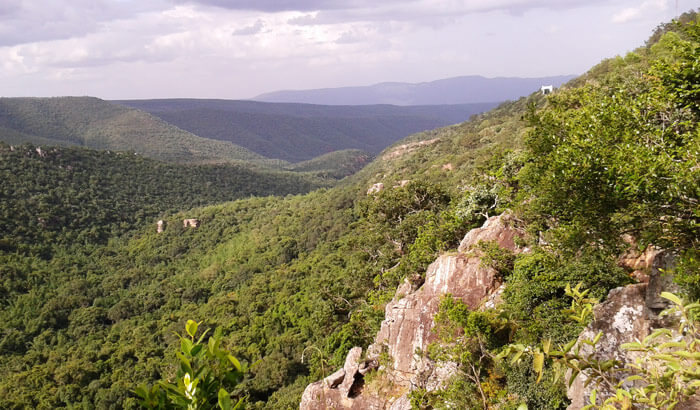
The flora of the reverse is rich in diversity. It comprises dry deciduous forest including areas of moist deciduous forests. It is home to around 1700 species of flowering plants, various rare and endemic plants and large reserves of Red Sandalwood that is widely used in soaps, medicines, and spiritual rituals. The fauna of the reserve includes various endangered and endemic wildlife species such as red sanders and slender loris, golden gecko, mouse deer, and giant Indian squirrel. Besides this, the other wild animals can be found here such as tigers, elephants, leopards, wild dogs, mongoose, bison, fox, civet cat, lizards, etc. It is also home to over 170 bird species including globally threatened yellow-throated bulbul and other birds like blue-faced malkoha, large hawk-cuckoo, loten's sunbird, etc. Apart from plants, trees, animals, the tribes of Yanadis also inhabit this reserve. 10) Gulf of Mannar, Tamil NaduGulf of Mannar biosphere reserve comprises three different ecosystems; coral reef, sea grass bed and mangroves. It is rich in marine biodiversity as it is home to over 4000 species of plants and animals including both primitive and higher species. The sea grass bed at the sea bottom around the island is eaten by Dugong dugon which is an endangered herbivorous marine mammal. 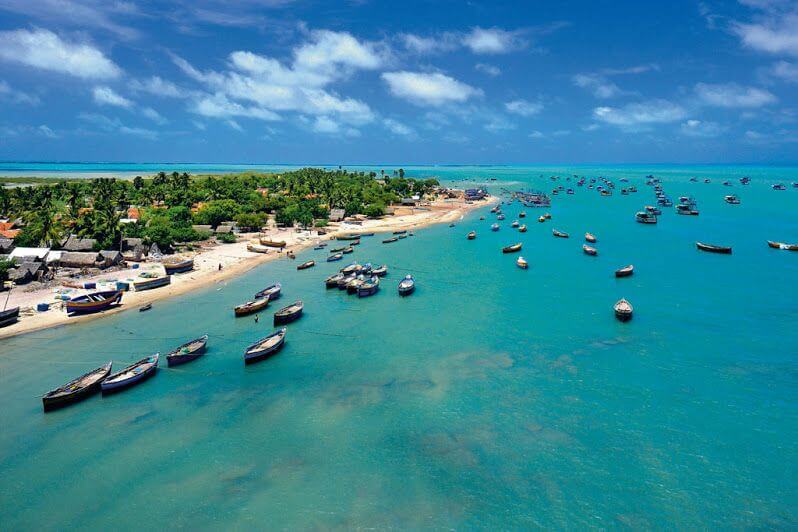
In 1989, it was given the status of a biosphere reserve by the govt. of India. It is located in the regions of Thoothukudi and Ramanathapuram districts and is spread over 623 ha. And comprises a chain of 21 islands out of which two are submerged. The adjacent coral reefs form the core zone of the reserve (Marine National Park). The buffer zone includes the surrounding seascape and coastal landscape. It is the first Marine Biosphere Reserve in India. It is stretched towards south from Rameswaram to Kanyakumari, Tamil Nadu. The flora of the reserve comprises coral reefs, salt marshes, mangrove, seaweed communities, etc. The broad-leaved trees can be seen growing near the beaches and estuaries. The fauna of the reserve includes vertebrates like dugong, Indo-Pacific bottlenose dolphin, spinner dolphin, melon-headed whale, dwarf sperm whale, melon-headed whale, blue whale, etc. The invertebrates of this reserve include shrimps, lobsters, sea cumber, mollusc, sponge, echinoderm, etc. The coral fauna of this place is also rich in diversity. The endangered marine reptiles' species also inhabit this place such as olive ridley, green turtle, loggerhead, leatherback, etc. Besides this, this place is also visited by various migratory birds such as crab plover, red knot, long stoed stint, dunlin, and flocks of flamingos can be seen in winter. 11) Manas Biosphere Reserve, AssamManas Biosphere Reserve is located at the foothills of Bhutan-Himalayas in Assam, India. It occupies a total area of 2837 sq. km. The river Manas flows through the park and also acts as a natural border between India and Bhutan. In 1989, it was declared a Biosphere Reserve under Man & Biosphere Programme of UNESCO. 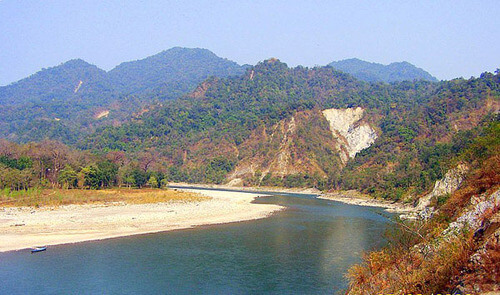
Manas biosphere reserve is an abode of the diverse wildlife that includes tiger, Asiatic elephants, one-horned rhinoceros, barking deer, leopards, tigers, hoolock gibbons including rare and endangered wildlife species such as pygmy hog, golden langur, red panda, golden lemur, Asiatic water buffalo, etc. The flora of the reserve also has a rich diversity and is a combination of Sub-Himalayan Bhabar and the Himalayan subtropical broadleaf forests. It has over 500 plant species. It is also an abode of different species of birds such as black-tailed crake, swamp francolin, bristled grass birds, Ibis bill including endangered Bengal Florican and Great Hornbill. The manas biosphere reserve not only known for its rich biodiversity but also famous for its natural beauty and mesmerizing scenery. 12) Similipal Biosphere Reserve, OdishaSimilipal Biosphere Reserve is located in Mayurbhanj district in Odisha. It is a part of the World Network of Biosphere Reserves and is named after the Simili plant. It spread over a geographical area of 5569 sq. km. 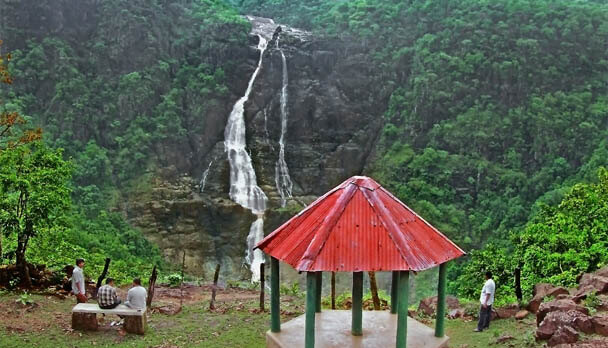
It comprises Similipal sanctuary that acts as a core and buffer area and the surrounding Nato and Satkoshia Reserve forests serve as the transition zone. Similipal Biosphere Reserve was notified by govt. of India on 22 June 1994. The biosphere reserve is rich in flora and types of ecosystems such as wetlands, swamps, grasslands and forests. The four types of forests of this reserve include tropical semi-evergreen forest, tropical moist deciduous forest, dry deciduous hill forest, and sal forest. It is home to around 3100 plant species including 94 orchid species. The fauna comprises 42 mammal species, 12 amphibian species, 29 reptile species, and 264 bird species. The commons wild animals found at this place are tiger, elephant, leopard, bear, bison, spotted dear, barking deer, flying squirrel, porcupine, sloth bear, etc. The rare black and melanistic tiger is also found here. Besides wildlife and plants, it also houses Joranda waterfalls and Barehipani waterfalls. 13) Dibru-Saikhowa Biosphere, AssamDibru-Saikhowa is located in the south bank of the river Brahmaputra in the Dibrugarh and Tinsukia in Assam. In 1997, it was declared a biosphere reserve and was notified as a national park in 1999. 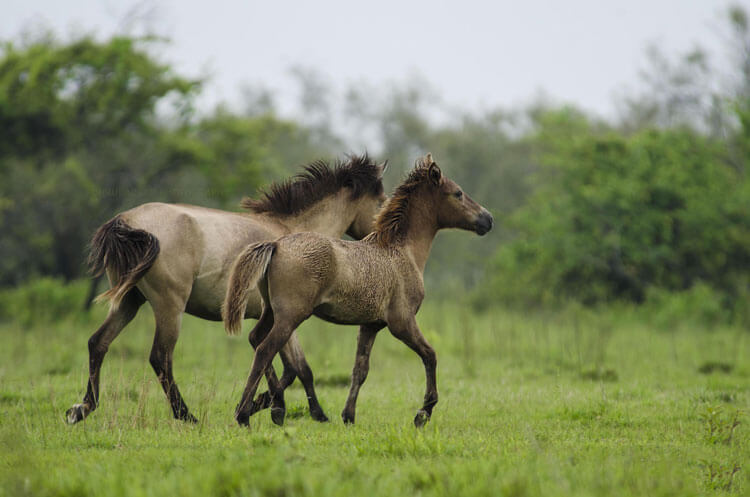
The flora of the biosphere reserve comprises semi-evergreen forests, deciduous forests, swamp forests, and wet evergreen forests. It houses the largest swamp forest in north-eastern India. The fauna of the reserve includes mammals like tiger, Asian elephant, jungle cat, clouded leopard, small Indian civet, squirrel, hoolock gibbon, Gangetica dolphin, Assamese Macaque, capped langur, hog deer, white-winged wood ducks, feral horses, barking deer, Asiatic Water Buffalo, etc. It also has rich fish diversity. Boat safari is available to explore the park that allows you to spot water buffalos, turtles swimming in the water, etc. You can also go for trekking with the help of a guide. 14) Dehang-Dibang Biosphere, Arunachal PradeshDehang-Dibang biosphere reserve is situated in Arunachal Pradesh including some part of Siang and Dibang valley. It also includes high mountains of Eastern Himalaya and Mishmi Hills of Arunachal Pradesh. The Mouling National Park and the Dibang Wildlife Sanctuary are also situated at this reserve. It was declared a Dehang-Dibang biosphere in 1998. 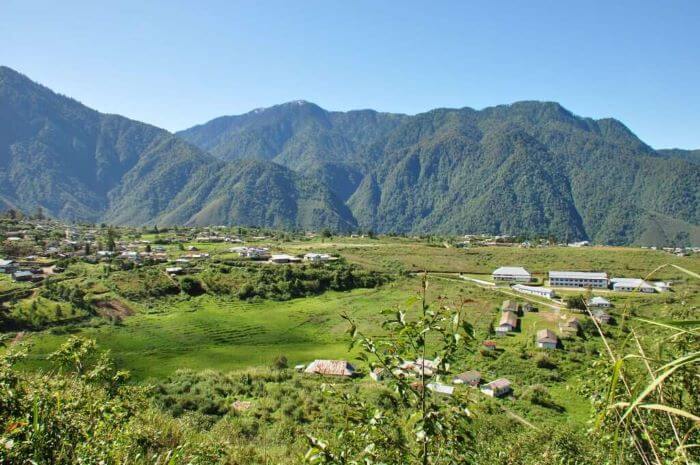
It is spread over an area of 5112 sq. km. The core area is 4095 sq. km. the buffer zone area is 1017 sq. km. Dehang-Dibang is also one of the world's 'Bio-Diversity Hot spots'. The flora of the reserve is rich in diversity that includes sub-tropical broad-leafed and pine forests, temperate broad leafed forests, woody shrub, temperate conifer, bamboo brakes, grasslands, etc. The reserve is also abode to diverse wildlife or fauna including birds, insects, butterflies and endangered species. The endangered mammals found at this place include red goral, red panda, musk deer, Asiatic black bear, etc. It is also home to 195 bird species including scatter's monal, blyth's tragopan purple cochoa, pale blue flycatcher, Nepal cutia and pale-capped pigeon which is a globally threatened species is also found here. 15) Khangchendzonga Biosphere Reserve, SikkimKhangchendzonga Biosphere Reserve is also a national park located in the Himalayan range in the state of Sikkim, India. It got its name from the mountain Kangchenjunga that stands at a height of 8,568 meters. The total area of this reserve is 2931 sq. km. and is one of the highest biosphere reserves in the world. 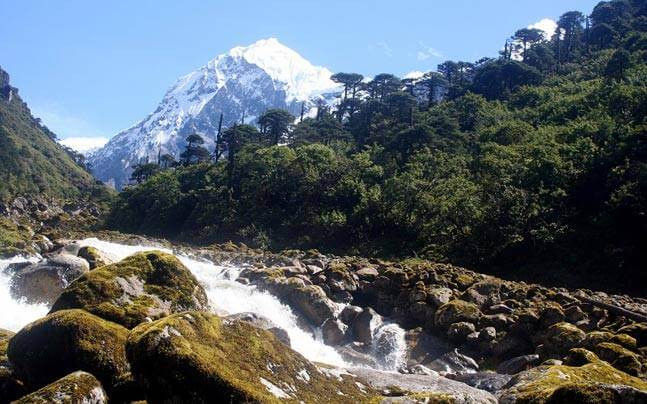
The Kanchenjunga national park serves as the core area of the biosphere reserve. On the west, it is bordered by Nepal and Tibet to the north-west. The biosphere reserve comprises plains, lakes, valleys, glaciers, snow-capped mountains, etc. The flora of this biosphere reserve includes temperate broadleaf and mixed forests that mainly comprises oaks, birch, fir, maple, willow trees including alpine grasses, shrubs, medicinal plants and herbs. Its diverse fauna is an abode of numerous mammal species such as snow-leopard, dhole, Himalayan black bear, musk deer, red panda, Himalayan blue sheep, Tibetan wild ass, etc. It is also inhabited by a large number of bird species that include blood pheasant, osprey, western tragopan, green pigeon, Himalayan griffon, lammergeier, Tibetan snowcock, Asian emerald cuckoo, eagle, Tibetan snowcock, snow pigeon, sunbird, etc. 16) Panna Biosphere Reserve, Madhya PradeshPanna biosphere reserve is located in the districts of Panna and Chhatarpur in the state of Madhya Pradesh. It comprises mountains of 'Vindhyan Hill Ranges' and some part of 'Bundelkhand' region. The Panna BR has three well-defined zones; core zone with an area of 792 sq. km. buffer zone with an area of 989 sq. km. and a transition zone of 1219 sq. km. 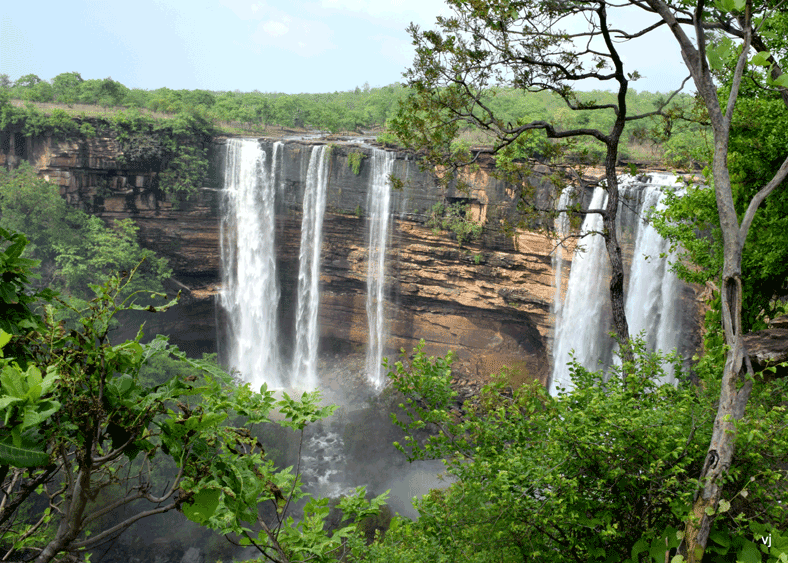
It was made a biosphere reserve in 2011 and consists of Panna national park, which is its core zone, and ken gharial wildlife sanctuary. The flora of the reserve includes agro-ecosystems, dry deciduous forests of salai, bamboo, teak, and mixed forests types. Its rich biodiversity provides an ideal habitat for various types of flora, around 1200 plant species have been found here. Its fauna comprises over 30 mammal species that include tiger, leopard, chinkara, nilgai, sloth bear, sambhar, 2 species of lesser cats (jungle cat and siyah gosh) and black bug (an endangered species) are also found here. Besides this, it is also an abode of 282 bird species including Indian vulture, King Vulture, and bar-headed goose. 17) Agasthyamala Biosphere ReserveAgasthyamala biosphere reserve is located in the Western Ghats in the southern part of India on the border Kerala and Tamil Nadu. It was designated as a biosphere reserve in 2001. 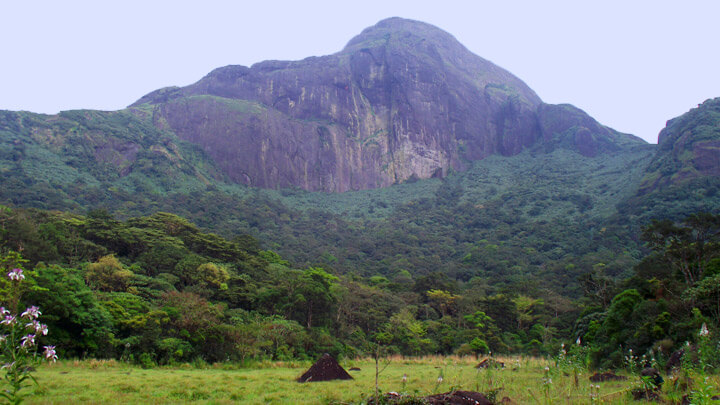
Its total surface area is 3500 sq. km. out of which core area measures 1135 sq. km. buffer zone measures 1445 sq. km. and the area of the transition zone is 920 sq. km. It is home to rich flora that includes around 2000 medicinal plant species, 400 red-listed plants, 124 species of orchids including rare, threatened plant species. Its fauna comprises 79 mammal species, 87 reptile species, 45 amphibian species, 10 fish species, and 337 species of birds. Some of the rare mammal species at this place include ancient elephant, Nilgiri tahr and tiger. The kani tribe, which is the oldest surviving ancient tribes in the world, also inhabit this reserve and live by fishing, hunting and agriculture. 18) Kachchh Biosphere Reserve (KBR)Kachchh Biosphere Reserve (KBR) mainly consists of two major ecosystems called Great Rann of Kachchh (GRK) and Little Rann of Kachchh (LRK). So, it also includes Kachchh Desert Sanctuary located in GRK and Wild Ass Sanctuary located in LRK. It occupies a total geographical area of 12454 sq. km., including some part of the Rajkot, Kachchh, Patan, and Surendranagar districts of Gujarat, India. 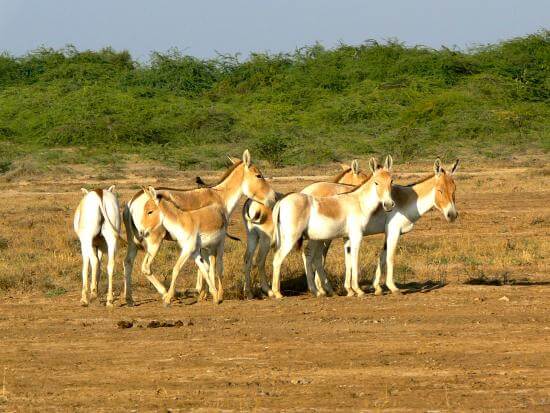
KBR was notified as a biosphere reserve on 29 January 2008. It is a combination of marshy, saline, and coastal desert so its soil and water are very saline and has its own specific flora and fauna. It flora comprises sparse vegetation including mixed thorny plants and widely spaces trees. The fauna includes mammals like chinkara, desert wolf, and blue bull. Besides this, it also serves as a breeding ground for flamingos and staging ground from birds like cranes, pelicans, storks and various waterfowl species.
Next TopicHow many languages in India
|
 For Videos Join Our Youtube Channel: Join Now
For Videos Join Our Youtube Channel: Join Now
Feedback
- Send your Feedback to [email protected]
Help Others, Please Share









